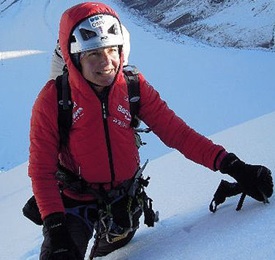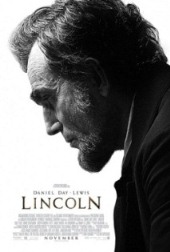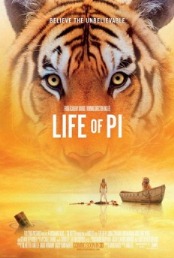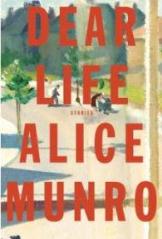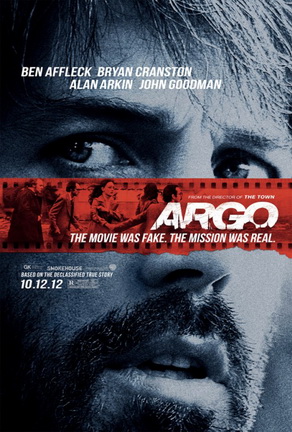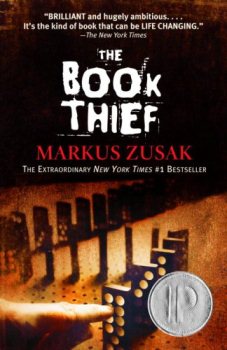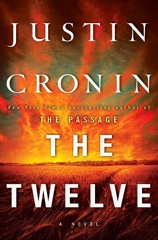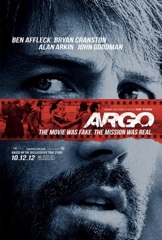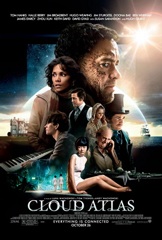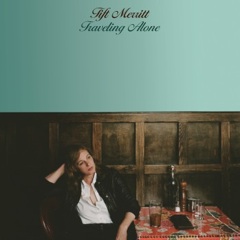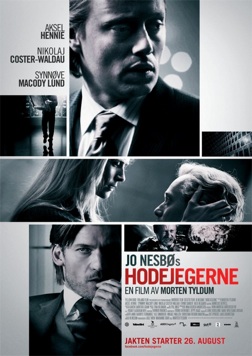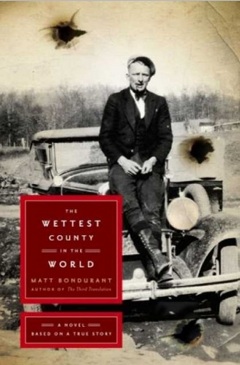
Although the early ’80s were a time of a lot of gushy pop and new wave music, I recall relying on Springsteen, Neil Young, and the Pretenders to see me through high school. Back then, I was only able to bring a select group of treasured vinyl records off with me to boarding school. Among these were Neil Young’s 1977 three-record set “Decade,” which had 35 of his greatest songs up until that point, and “Live Rust,” his double-LP live album released in 1979, which is a fantastic concert recording of 16 of his classic songs.
Holy smokes I played these two albums into the ground in high school. They blew me away. Neil wrote and played songs with such soul and genius. As the years went on though, I didn’t follow his music as closely (he’s been so prolific with various artistic departures), but there have been a few albums I’ve liked. More recently his 2007 release of “Live at Massey Hall: 1971” awed and reminded me of the classic Neil.
I wasn’t about to miss his memoir “Waging Heavy Peace” to get a glimpse behind his trove of amazing songs and his long history in rock. Heaven knows, there’s been an explosion of rock star memoirs these past few years with books from Bob Dylan, Patti Smith, Eric Clapton, Keith Richards, and now Pete Townshend too. Admittedly, I’m a sucker for these memoirs. Oh to get a glimpse behind the lives of such musical heroes!
As far as Neil’s memoir goes, it’s got a bit of everything in it and is not in any chronological order (a passage about 1965 could well be followed by something that happened in 1995). He writes about his life seemingly as things come to him, about memories or ideas or his family and friends, or his bands and music, or what he’s currently up to. It’s all quite down to earth, conversational and seemingly earnest. He seems like an old, affable hippie who’s seen and done a lot of things and is trying to become a better person in later life, where he’d once perhaps been quite difficult or prickly. Neil’s always been known to be his own person with own artistic direction and has quit bands or fired musicians wherever he felt it necessary.
He talks a tad about this in the book, his regrets of things he’s done but mostly the memoir is filled with heartfelt gratitude towards his very close family, friends and musical collaborators. He speaks of those who’ve been with him with a lot of admiration. There’s hardly a bad word about anyone or any acrimony in the book. And his love for his wife and kids, two of whom have physical disabilities is quite touching.
What surprised me I guess is to learn that Neil had polio as a child and also has suffered from epilepsy. But despite that, he’s always been highly productive and involved in various projects. I didn’t realize he was an inventor of sorts, making parts for model trains, converting a car (the LincVolt) to use cleaner power technology, and creating a device to hear music with a higher quality of sound. Part of his book sounds a bit like an infomercial, plugging his innovations. They’re interesting ideas no doubt, and his passion for his hobbies seems real and consuming. I was a bit amazed by all of the various projects he’s involved in, and how productive he is; he doesn’t seem to be slowing down any. In fact, he’s in concert with his band Crazy Horse this week in our town. (How coincidental!)
I enjoyed his memoir quite a bit. It’s both humorous and touching at times and a bit different. In it, he sporadically touches on the various pieces of his life: from his Canadian upbringing to his start in music, his hitting it big in L.A., bands and touring, his life at his California ranch, his hobbies and film projects, and his place in Hawaii. I think Neil’s muse as an amazing songwriter comes through in it. There’s some insight into songs and albums, but I almost wish there were more of this and less of some of the other ramblings. I’m still wondering about “Heart of Gold” and “After the Gold Rush.” But apparently Neil will be writing another book or so he mentions. I guess 498 pages of “Waging Heavy Peace” was not enough for him! So stayed tuned.



